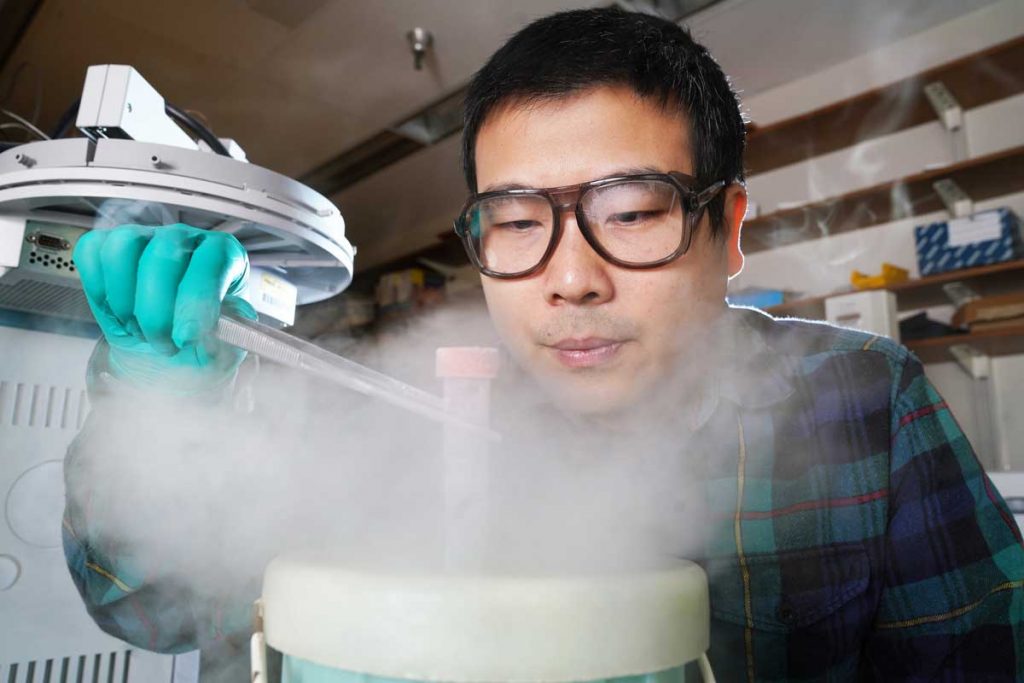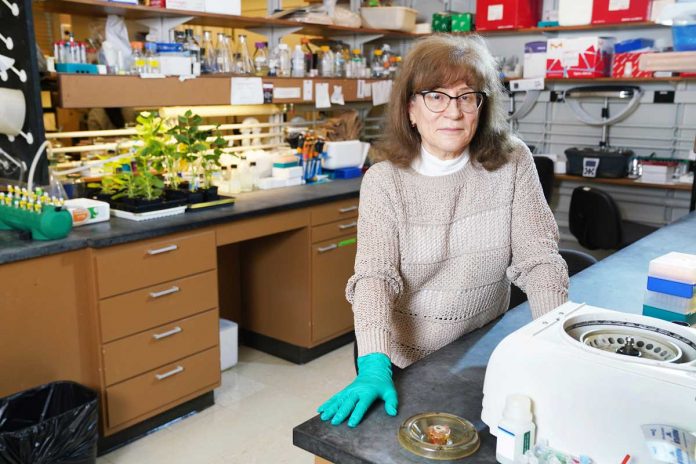Thyme and oregano have an anti-cancer compound in it that suppresses tumour development. The key to unlock the power of these plants is to amplify the amount of the compound created the compound for drug development.
Purdue University researchers have gained the first step toward using the compound in pharmaceuticals. Scientists have mapped its biosynthetic pathway and have sorted the molecular recipe of the ingredients and steps needed.
A Distinguished Professor of Biochemistry in Purdue’s College of Agriculture, Natalia Dudareva said that these plants have important compounds but the amount is very low. But the scientists are trying to understand how these compounds are formed. They are trying to create a path to engineer plants with higher levels of these compounds.
Scientists said, it is important for plant science right now. Scientists are using tools that are faster, cheaper and are able to provide much more insight.
In thyme, oregano and other plants in the Lamiaceae family, thymol, carvacrol and thymohydroquinone are flavour compounds. They all have antibacterial, anti-inflammatory, antioxidant and other properties which are important for human health. Thymohydroquinone have anti-cancer properties.
Martin Luther University Halle-Wittenberg in Germany and Michigan State University scientists have collaborated together to uncover the entire biosynthetic pathway to thymohydroquinone. This has also included the formation of its precursor’s thymol and carvacrol and the short-lived intermediate compounds with it.
The new findings have altered the previous views of the formation of this class of compounds which is called phenolic or aromatic monoterpenes. For this process, only a few biosynthetic pathways have been discovered in other plants. The details of this research paper have been published in the Proceedings of the National Academy of Sciences.

The co-first author of the paper and a postdoctoral researcher in Dudareva’s lab, Pan Liao said, “These findings provide new targets for engineering high-value compounds in plants and other organisms. Not only do many plants contain medicinal properties, but the compounds within them are used as food additives and for perfumes, cosmetics and other products.”
Plant scientists are developing cultivars that produce much more beneficial compounds. These compounds could be incorporated into microorganisms. This method involves a fermentation process and obtain valuable compounds.
The fermentation process is significant for food and beverage. The Purdue offers a biofuels production which is a fermentation science major.
The scientists used RNA sequencing and correlation analysis and screened more than 80,000 genes from plant tissue samples. They have identified the genes needed for thymohydroquinone production. Based on compound structure, metabolite profiling and biochemical testing, scientists identified the biosynthetic pathway.
Scientists found that the aromatic backbone of thymol and carvacrol is made from γ-terpinene by a P450 monooxygenase. This has been combined by a dehydrogenase via two unstable intermediates.
The scientists have now discovered more pathways. The result of this research is going to be beneficial for biochemistry and plant sciences research.

